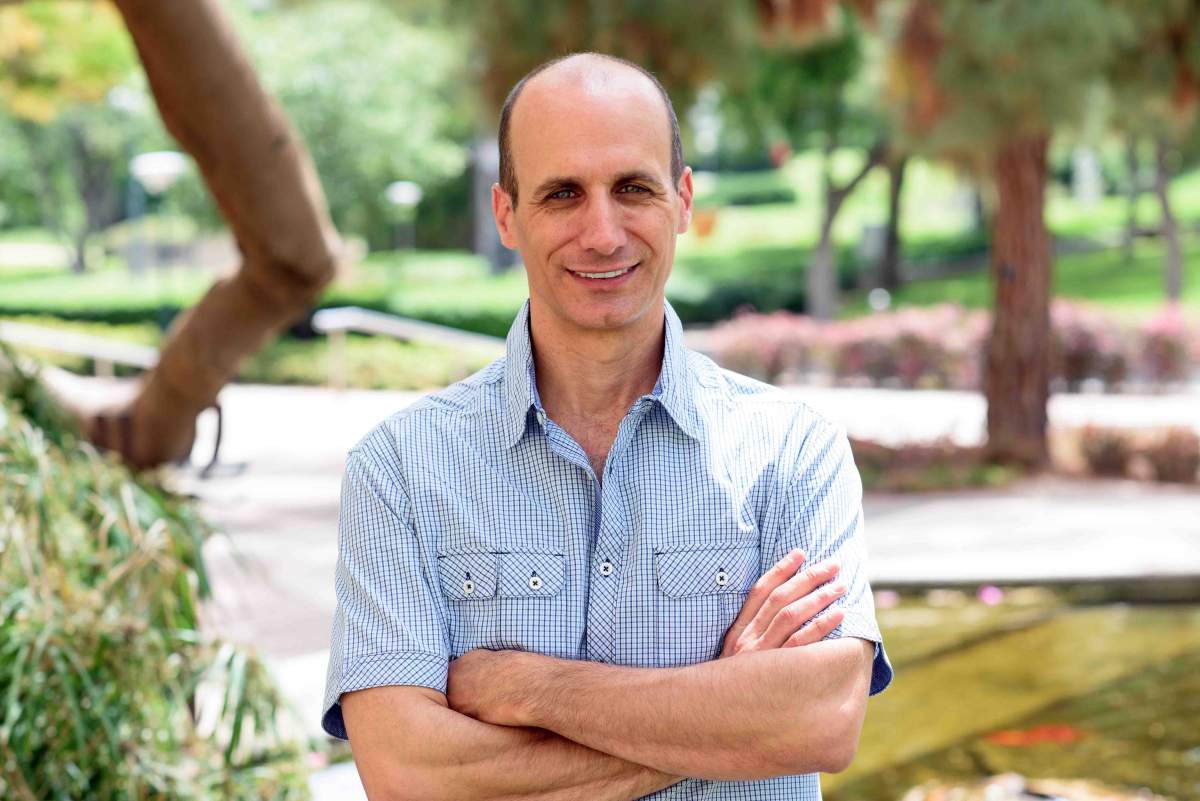The origin of collective transport by ants and emergent problem solving behavior
Time
Monday, 2. November 2020
11:45 - 12:45
Location
online
Organizer
Centre for the Advanced Study of Collective Behaviour
Speaker:
Nir Gov, Weizmann Institute of Science
This event is part of an event series „This event is part of CASCB Seminar Series“.
Join Zoom Meeting
Meeting ID: 969 2251 9612
Nir Gov holds the Lee and William Abramowitz Professorial Chair of Biophysics at the Weizmann Institute in Israel. He is interested in physics problems that arise in the fields of Biology, Soft-Matter, Complex Fluids and Out-of-Equilibrium systems. His lab develops theoretical models using statistical mechanics, non-linear dynamics, soft-matter physics, thermodynamics, elasticity theory etc., to tackle the puzzles we encounter in the natural world. His aim is both to advance our understanding regarding each particular system which we explore, as well as reach fundamental and more general understanding of a wide class of systems.
The origin of collective transport by ants and emergent problem solving behavior
During collective transport, an ant group cooperates to carry a heavy food item efficiently to the nest. This phenomenon was appreciated since millennia, but remained unexplained. I will address two main questions:
- How do the ants coordinate their actions to produce this collective behavior ? We proposed that individual ant decisions are affected by the forces exerted by other carrying ants, and this provides the information that leads to coordinated motion. The model is similar to an Ising spin model, and similarly predicts a phase transition between uncoordinated and coordinated motion as the group size increases. The model explains the collective transport characteristics and made predictions that were verified in experiments, during both free and constrained motion.
- How does the group handle obstacles along the way, which do not block the passage of ants but prevent the much larger food item from passing ? It is observed that upon hitting an obstacle the ants sometimes persist in trying to push the food against the narrow opening, while at other times they quickly abandon the blocked passage and perform large-amplitude "searches" along the obstacle. Small objects, that might possibly be squeezed through the opening, are more likely to be pushed against the narrow passage, while large objects are always carried on large excursions along the obstacle, as if looking for a way around it. We demonstrate that this rational problem-solving behavior arises spontaneously from the usual behavior of individual carrying ants, which is unchanged by the presence of the obstacle. This means that no ant needs to realize that there is a problem (obstacle), that needs to be solved, but rather that the problem solving behavior is emergent on the collective (group) level.
Join Zoom Meeting
Meeting ID: 969 2251 9612

